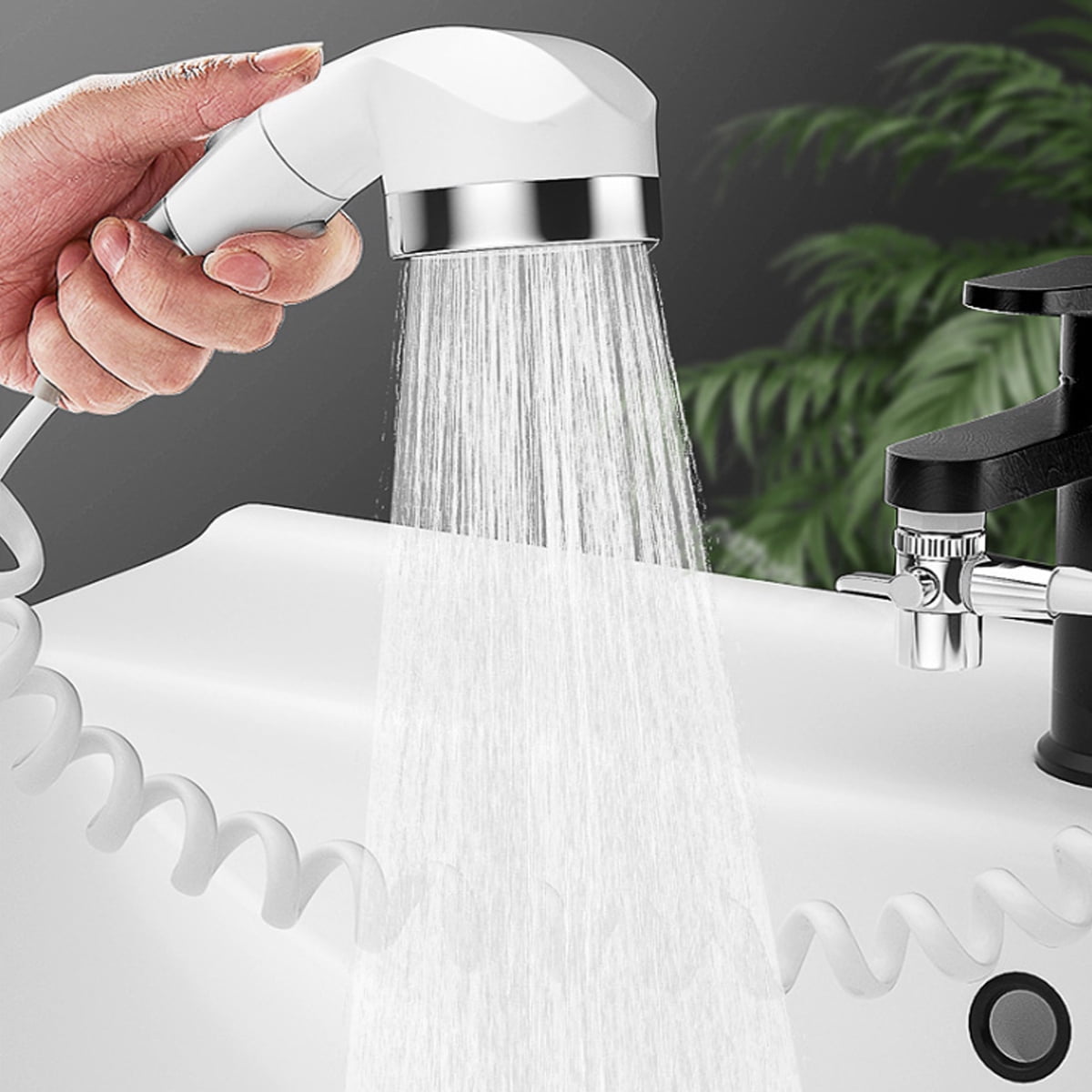Table of Content
It’s not just the leaf shape that looks like a sword—the stiff evergreen blades also have sharp serration along the margins and a sharp pointed tip. This variegated Adam’s needle and thread yucca plant grows as a clumping shrub that is 2 to 3 ft. (0.6 – 1 m) tall and the same width. A large cluster of whitish flowers emerges on a long stalk in the middle of June.
Joshua trees grow to about 49 ft. tall, and their roots can reach down to 36 ft. to search for moisture. The yucca tree produces clusters of creamy white flowers in late winter and early spring. When the yucca produces flowers, it’s has a mass of bell-shaped white flowers on the end of long stems. Stunning cultivars of this yucca are the ‘Garland Gold’ or ‘Golden Sword’ with a rosette growth of spectacular yellow and green leaves. The ideal light for a yucca cane plant indoors is bright light. I’ve read that yucca cane plants don’t tolerate direct light well, but in my experience, that isn’t true.
Share my tips about how to care for a yucca plant on Pinterest!
These plants can get incredibly top heavy and difficult to manage. So I’ll likely just dig out the top few inches of soil and refresh it with some fresh new good stuff. Canes can be cut off and cut into log sections. Each log can be rooted into moist soil until roots sprout and leaves grow. Prune off old dead Yucca leaves close to the stem to keep the plant looking fresh indoors.
Stay in the loop with special offers, plant-parenting tips, and more. Several varieties of Yucca bear edible flowers and fruit.
Types of Yucca Plants (With Pictures) – Identification Guide
These can be separated and repotted to grow a new cane. Take some of the roots from the mature cane if you can to improve chances of success. Yucca plants do bloom after they grow to about five years old. Yucca plants do best in strong direct light at least 6 hours a day. They will grow slow and rather spindly in low light. Yuccas also send out side shoots from the roots called pups.
Also called the Spanish dagger, the tall yucca shrub-like tree grows to between 5 and 10 ft. (1.5 – 3 m). Densely growing spiky leaves form crowns on multiple stems. The yucca tree compliments other tropical trees and is ideal for growing in arid landscapes in coastal regions. This yucca species Yucca aloifolia thrives in USDA zones 7 – 11. The Spanish bayonet multi-stemmed yucca plant is one of the most ornamental of the yucca species. As its name suggests, the leaves are long and sword-like.
How much light does a yucca cane need indoors?
The yucca produces a flowering stem up to 14 ft. (4.2 m) tall. The crowning glory of the yucca is its mass of scented creamy-white flowers. Yucca plants are famed for their large, spiky leaves growing on the top of long, thick woody stems. Many species of yucca plants are ideal ornamental plants for garden landscapes. Yucca plants have the appearance of palm trees, so growing them in your backyard or indoors can create a tropical look. Yucca guatemalensis is a spineless yucca plant.

Tel Aviv’s rapid growth and emergence as a prominent centre was largely due to its advantageous location. In the mid-1930s Tel Aviv surpassed Jerusalem as the largest city in Palestine . In the mid-1970s, however, Jerusalem exceeded Tel Aviv, which continues to be the country’s second largest city.
How to care for your Yucca Cane
We’ve brought our big potted yucca cane inside for the winter the last two years. So it lives in the basement with little light from about December to late March. Yucca cane plants can survive in a variety of light conditions, which the yucca plant’s indoor care a breeze. Notice, however, that I said survive, not thrive.
Never put a catcher or plate under your Yucca Cane plant because waterlogged roots or root rot is one of the most common killers of this plant. Yuccas are not particular about their soil as long as it’s of the well-draining variety. Remember, since they do well with a bit of neglect and don’t like being over-watered, well-draining soil is key. A cactus or succulent soil is nice, but in bigger pots, that route can get expensive. “Yucca” itself is a genus in the Asparagaceae family, subfamily Agavoideae.
If you notice this, cut the leaves off and let the plant dry out completely. Cutting yucca canes into sections and growing them as logs can also work. See how the tufts of leaves are growing as side shoots at the stem top? New leaves emerged from top and side growth points. Place yucca plants anywhere it fits and you like it. Yucca does well in entries, near brightly lit window walls, or even a less well lit nook.

It's also easy to propagate that you can share this plant with your friends. Growing a Yucca Cane indoors adds beauty to the space. Plus, it's considered a must-haveair-purifying plant. Your Yucca prefers bright indirect light indirect to bright light. I wouldn’t leave my yucca cane outdoors all winter.

No comments:
Post a Comment